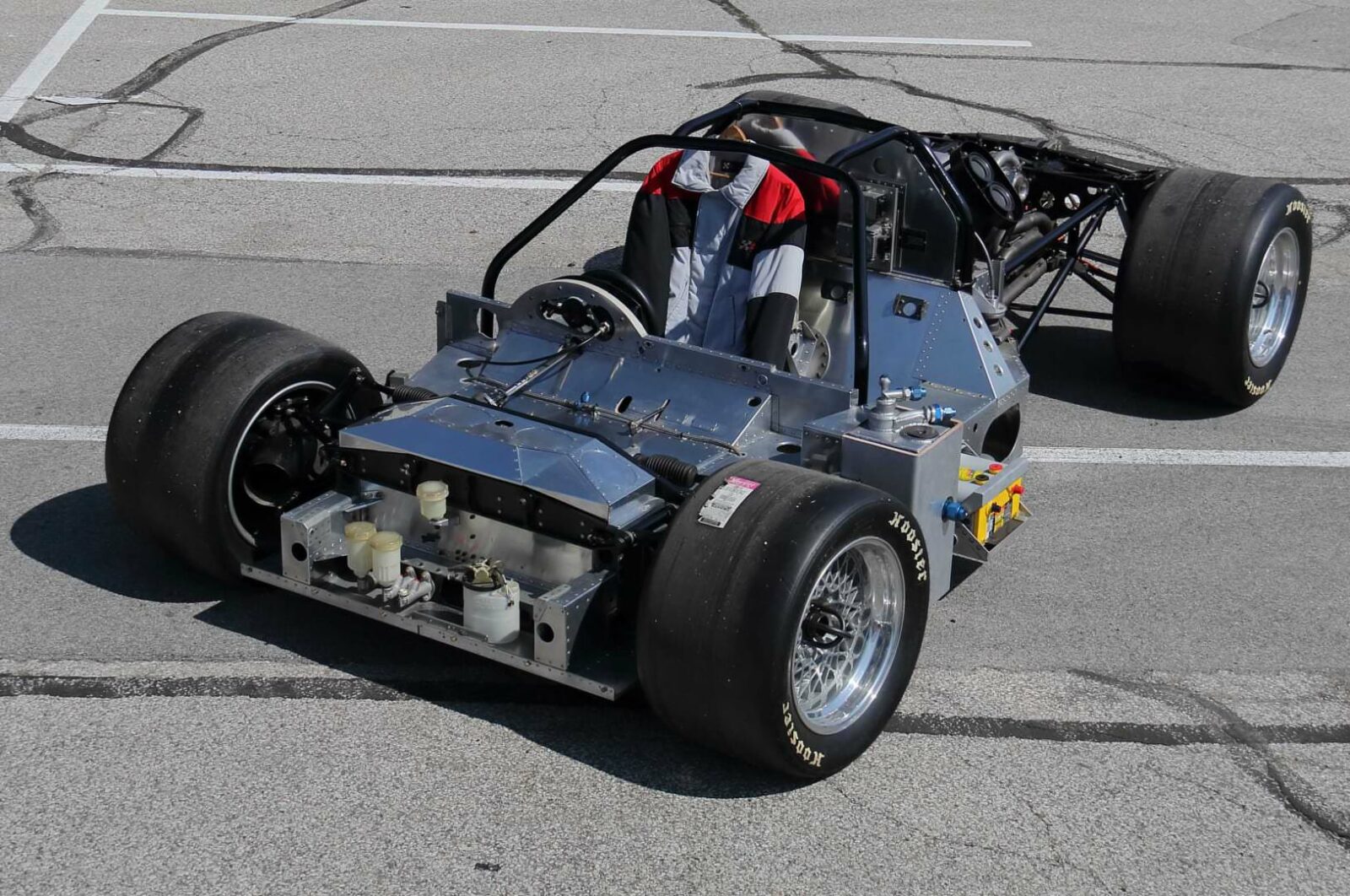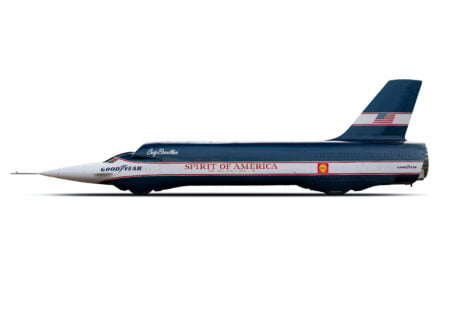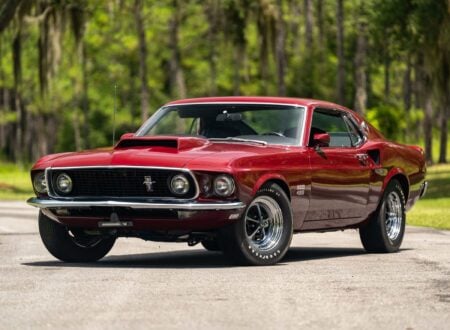Though it may not look like it, this is a race-winning prototype sports car that competed in the IMSA series as a 1986 Chevrolet Corvette. With its body removed it’s now essentially a mid-engined go kart with a turbocharged race engine said to be capable of 1,000 bhp.
The GTP class (Grand Touring Prototype) was contested by the GTP Corvettes from 1984 to 1989, and one of the cars would later compete at the 24 Hours of Le Mans in 1990. Both turbocharged V6 and V8 versions of the cars were made, and the chassis you see here took one of the model’s two race victories.
Fast Facts – The 1986 Chevrolet Corvette GTP
- The GTP Corvettes were silhouette race cars designed to have at least a passing resemblance to the then-new C4 Corvette when they started racing in 1984. The chassis was developed by Lola Cars International, the same folks who developed the Ford GT40 chassis that won at Le Mans in 1966, 1967, 1968, and 1969.
- The car were developed to compete in the GTP class (Grand Touring Prototype) of the IMSA Camel GT series against the likes of Jaguar, Porsche, Nissan, and Mazda. Lola had previously developed chassis for the series for Mazda, and so they applied their earlier lessons to the new Corvette platform.
- Both turbocharged V6 and naturally-aspirated V8 versions were built, only the V6s would achieve victories, with two wins in the 1986 seasons. The chassis you see here took the first of these wins with the Hendrick Motorsports team at Road Atlanta.
- After a difficult few years marked by regular technical failures the GTP Corvettes really came into their own in the 1988 season. Many of the issues had been worked out and sadly, this is when General Motors decided to cut funding for the program. One last GTP Corvette was fitted with a 10.2 liter quad cam V8 Big Block Chevrolet V8 and sent to race at Le Mans in 1990.
The IMSA GT Championship
The International Motor Sports Association (IMSA) GT Championship was a sports car racing series founded in 1969 by John Bishop, a former executive director of the Sports Car Club of America (SCCA), and his wife, Peggy. The championship initially focused on FIA Group 2, 3, and 4 categories before evolving into a series for Grand Touring (GT) and prototype-style cars in the 1970s and 1980s.


The IMSA series gained significant popularity during the 1980s, becoming one of the premier sports car racing series in North America thanks in part to the introduction of the GTP Class.
The GTP (Grand Touring Prototype) class was introduced in 1981. These cars were purpose-built racing machines with enclosed cockpits, bespoke chassis, powerful engines, and aerodynamic bodies specifically designed to compete in world class endurance events.
The GTP class quickly became the premier category in IMSA, attracting major manufacturers like Porsche, Nissan, Toyota, Jaguar, Mazda, Ford, and Chevrolet. In the early 1980s, Porsche’s 935 model dominated the championship, with various privateer teams running the car. In 1983, Porsche introduced the 956, followed by the 962 in 1984.
The 1980s marked the golden era of the IMSA GT Championship, with thrilling races, a competitive field, and widespread media coverage. However, the series began to struggle in the 1990s due to a combination of economic factors, rule changes, and increased competition from other racing series.
Above Video: This footage shows the chassis you see in this article with its body on, winning the 1986 IMSA GTP race at Road Atlanta.
In 1998, the championship was rebranded as the American Le Mans Series (ALMS), which eventually merged with the Grand-Am Road Racing series in 2014 to form the current IMSA WeatherTech SportsCar Championship.
The Chevrolet Corvette GTP Race Car
In 1984, Chevrolet partnered with Lola Cars, a British racing car manufacturer known for their expertise in designing and building race-winning prototypes.
The collaboration resulted in the development of the Corvette GTP, designed to compete in the prestigious IMSA GT Championship’s GTP class. The car was built on a Lola T710 chassis, featuring a lightweight, aerodynamic carbon-fiber body and a distinctive C4 Corvette-style nose. Though you had to squint to see any real similarity with the C4 road car.
Both naturally-aspirated V8 and V6 versions of the car were developed. The V6 was a 3.4 litre unit built by Ryan Falconer, it was essentially a destroked version of the 4.3 liter Chevrolet V6 with a slew of performance changes, not the least of which was the addition of forced induction resulting in a V6 capable of 1,000 bhp in the maximum state of tune for qualifying.
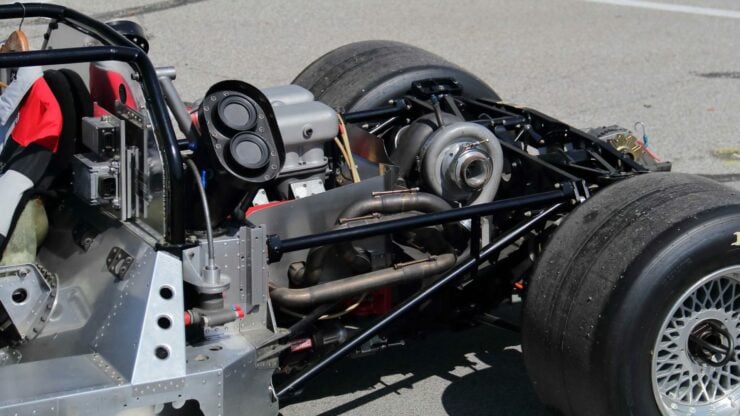

Power was sent to the rear wheels via a Hewland 5-speed manual transmission. In race tune the engines were said to be capable of 750 – 800 bhp, still a remarkable amount in a car as lightweight as this.
The Corvette GTP cars were largely fielded mostly by two teams, Hendrick Motorsports and Peerless Racing. They competed from 1984 to 1988, with the model being entered into some races entered in 1989. Early on the cars were plagued by technical reliability issues, with far more DNFs than General Motors would have found acceptable.
The V6 version of the car did manage two victories in 1986 however, against Porsche and the best prototype race cars in the world, but by 1988 when the cars were starting to look both quick an reliable the program was canceled by GM.
The 1986 Chevrolet Corvette GTP Car Shown Here
The car you see here is quite clearly missing its original C4 Corvette influenced body, the good news is that all the parts needed to make it actually go are still there, and so it’s now really just a mid-engined go kart with an engine that’s capable of 1,000 bhp – if you don’t mind dialing it all the way up and risking it going bang in a big way.
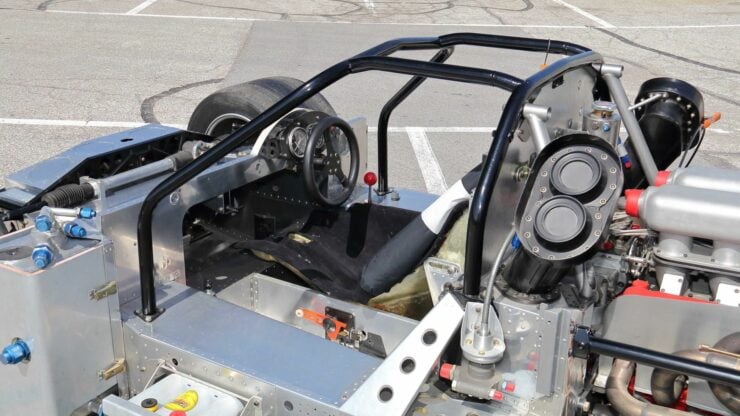

This is the car that was driven to victory in 1986 by the two-man team of Sarel van der Merwe and Doc Bundy. It was formerly owned by Gordon Barrett, who worked on these cars during their IMSA racing days and it’s now being offered for sale.
The good news is that it comes with a slew of original body parts and a number of crates of mechanical parts, as well as a couple of spare windscreens.
If you’d like to read more about this unusual machine you can visit the listing here on Mecum, it’s due to roll across the auction block in mid-May and it comes with vintage Hendrick Motorsports apparel, GM Goodwrench Corvette postcards, vintage IMSA crew passes, and framed photographs signed by Rick Hendrick and Sarel van der Merwe.

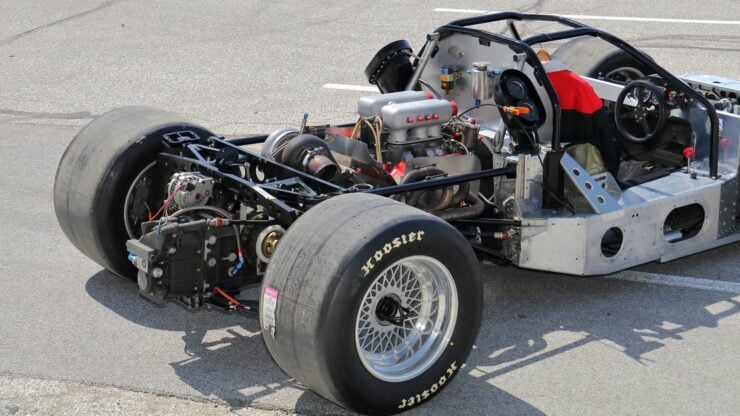

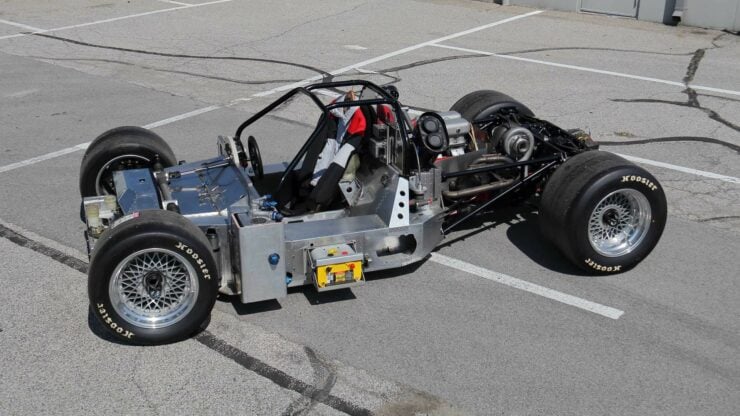

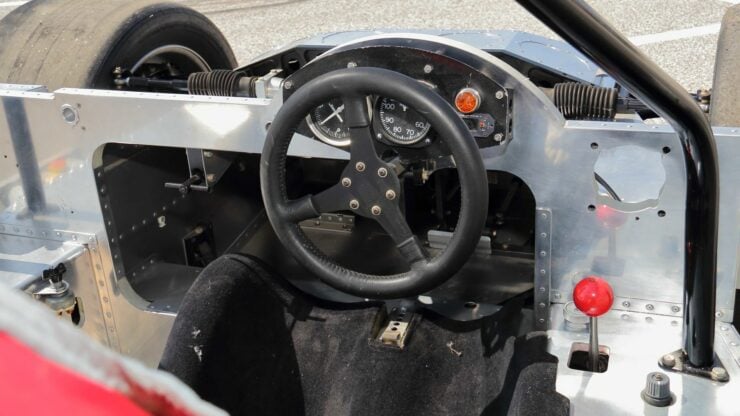
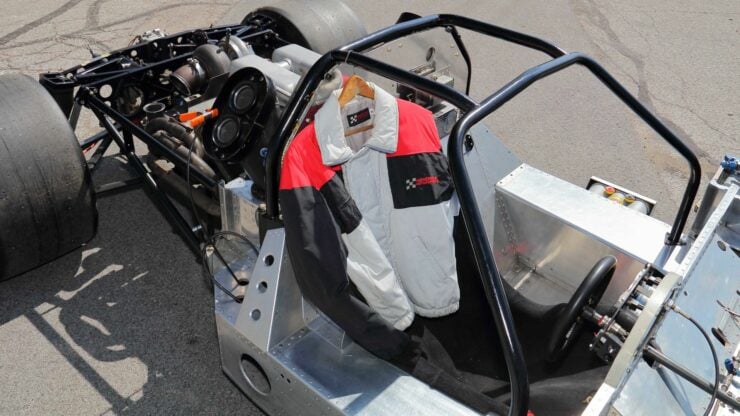

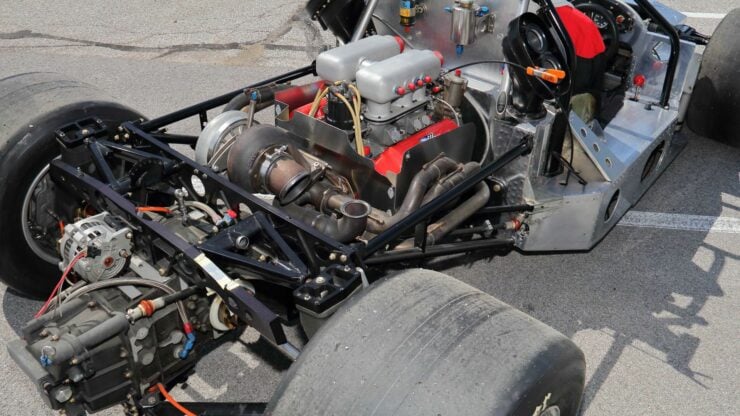
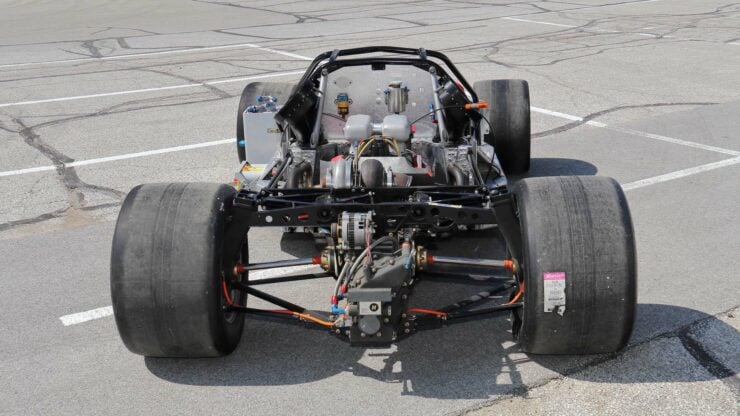
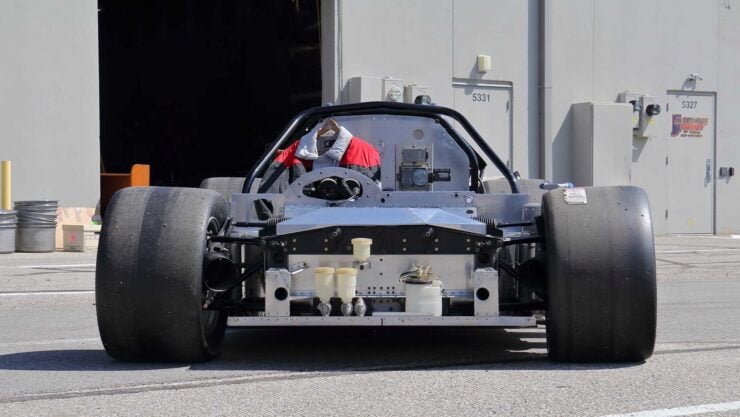

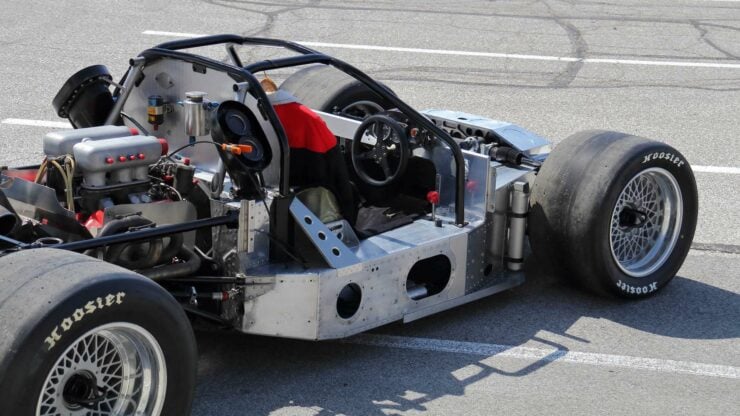
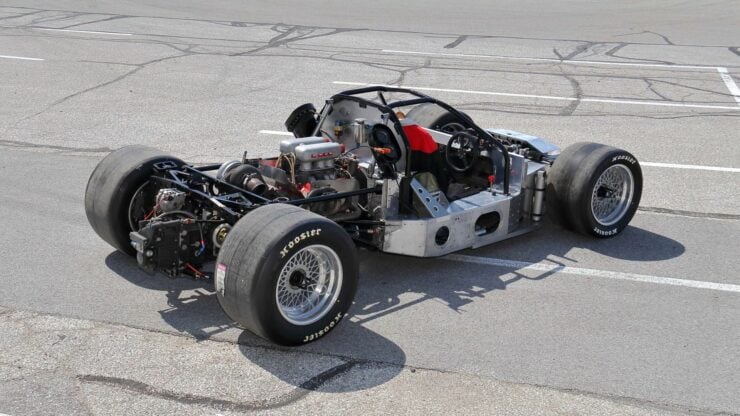
Images courtesy of Mecum

